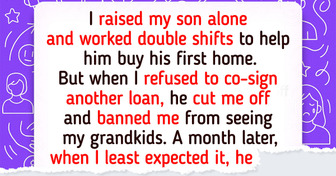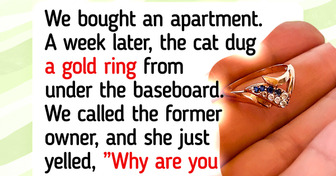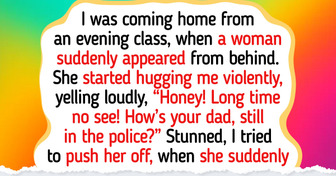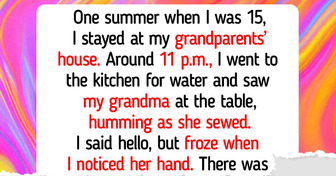I Accidentally Discovered the Nasty Reason My Fiancé Decided to Marry Me

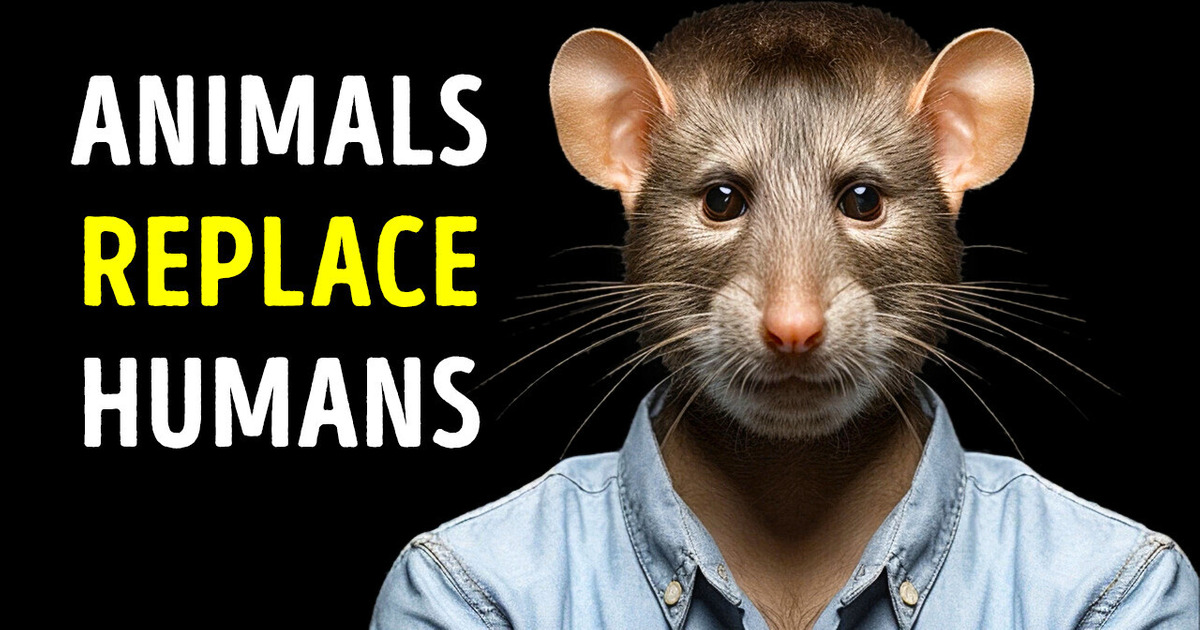
Here’s a random thought: try to imagine the animals that could become the new top species...should humans go extinct, that is. Tricky, right? I mean, we are pretty cool with our high intelligence, fashion sense, ability to cook, and smartphones (even if we forget the passwords sometimes).
But if we suddenly disappeared, which animals might evolve to develop our skills and build complex societies like we have? Or would they come up with something better?
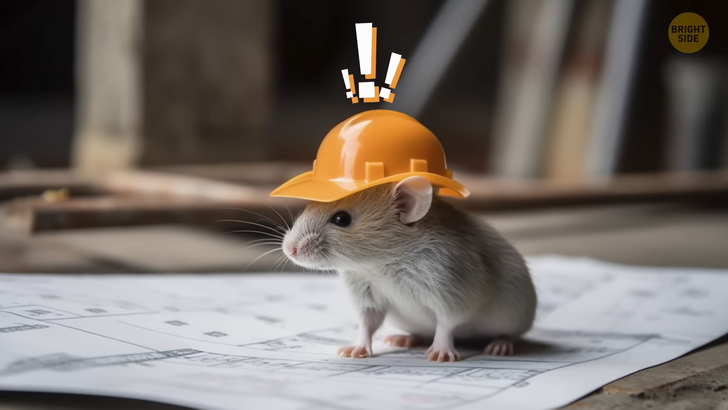
Scientists have some ideas, thanks to modern gene-sequencing technology and our understanding of evolution. We know that the climate on the planet will continue to change, so many species will need to adapt to survive. Convergence, which is when two unrelated organisms end up developing similar traits to succeed in a particular environment or fill a niche, will also play a big role.
For example, fish are perfected for life in water with their torpedo-like bodies and fins. But dolphins have evolved a very similar body — even though they are warm-blooded, air-breathing mammals with a completely different evolutionary background. So, maybe some animals could develop hands similar to ours to fill the same role as humans, like building cities and modifying the environment.
Primates like chimpanzees and bonobos are already close to that with their opposable thumbs, which they use to make tools in the wild. It’s also possible that birds, the only surviving “dinosaurs,” could become the new smartest animals if humans suddenly disappear. Birds are incredibly brainy and can flock together in large groups. Some, such as sociable weavers, even build communal nesting sites, though they may not look like human metropolises.
And let’s not forget octopuses, which are probably the smartest non-human animals on Earth. They can learn to distinguish between real and virtual objects and engineer their environment. However, adapting to life on land might be tricky for them.
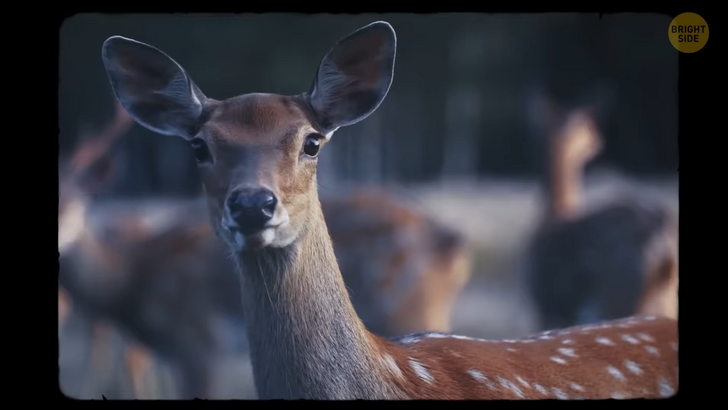
You see, there’s a lot we don’t know about animal intelligence. And, let’s be honest, we humans have been quite arrogant about it throughout history. In the past, people used to think that animal intelligence could be neatly organized into a hierarchy, with humans at the top and insects at the bottom. But in the 1960s, a new generation of researchers challenged this idea and suggested that intelligence should be measured in relative rather than absolute terms.
As technology has improved, we’ve been able to see animals for longer without disturbing them, and we’ve discovered that they are far more intelligent than we once thought. For example, researchers in Melbourne are using remote-controlled drones to study the breeding patterns of southern right whales, and artificial intelligence is helping us track and predict the movements of all sorts of creatures.
It’s funny how we tend to recognize intelligence in animals when their behavior is similar to our own. Dolphins, for example, use names and even have accents! In fact, researchers have found that dolphins in southern Brazil have developed a distinct accent after interacting with local fishers for over 100 years.
But it’s not just mammals that are intelligent — birds and insects are pretty smart too! Parrots, for example, have complex social groups and can differentiate between members of their species based on their relationships with each other. And even though their brains are tiny, like mine, insects are capable of some pretty impressive cognitive feats, like tool use and learning by observation.
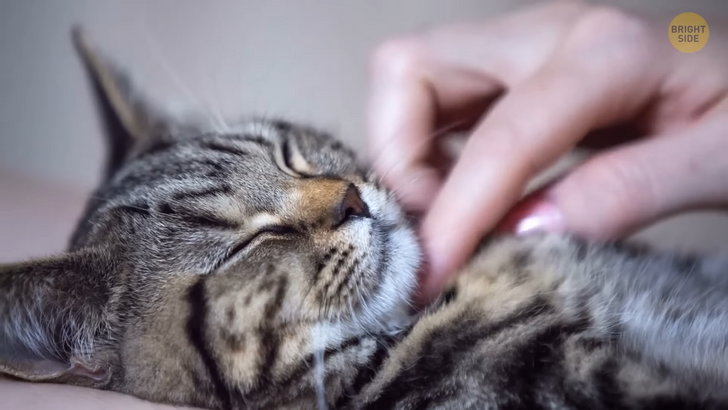
We used to think that intelligence was unique to humans and maybe a few other primates, but now we know that’s not the case. In fact, research has shown that intelligence is distributed in different ways across the animal kingdom.
Some animals excel in one area but may not be as good in another. It’s all about the environmental pressures that each species faces and how they adapt to them. We all know about the usual suspects when it comes to high intelligence in the animal kingdom: chimps, dogs, dolphins, blah blah blah. But there are some unexpected additions to the list that might surprise you. And you might even have one of them napping in your lap right now...
I’m talking about our feline friends — house cats! They’re renowned masters of getting treats and avoiding baths, but did you know that they’re also pretty smart? Cats have an amazing ability to learn from observation and repetition, which is why we’ve coined the term “copycats.” And some cats, like the one from this next story, named Nora, take it to the next level. Nora’s owner spends her days teaching kids to play piano, and this cat was getting a little jealous of all the attention they were receiving.
So what did she do? She watched them closely, picked up on their movements, and started tapping away at the keys herself! And you know what? It worked! Nora’s owner and the kids were amazed, and Nora became a little bit of a piano sensation. She even sits at the piano like a proper piano student! Just because she doesn’t have opposable thumbs doesn’t mean she can’t be a musical prodigy. But wider paws would help to hit those octaves.
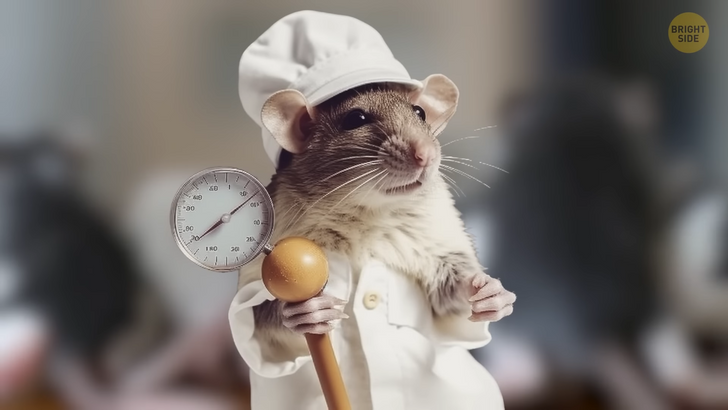
This next story is about rats. Please don’t jump on the couch in fear just yet. And before you go calling them pests, did you know that some rats are actually helping save lives? Researchers in Africa have been training these furry little detectives to sniff out lung disease in saliva samples. And they’re really good at it, too! These rats have a nose for the job and can detect different scents that are needed to show whether a sample contains a certain bacterium or not.
Now, you might be wondering why rats were chosen for this important job. It’s because they’re super smart and quick learners. These rats go through a series of training exercises to learn how to sniff out different samples. They then alert their trainers to which samples hold bacteria. And get this — they can do it in just 7 minutes! A task that would take a human scientist a full day of testing, these rats can do in a fraction of the time. Dr. Rat! Ooh...
Ever heard of Nellie the pig? She’s surely not your average swine! This clever piggy has proven that animal intelligence goes way beyond just performing tricks. Nellie was presented with a series of challenges, including putting differently shaped items through a hoop. Now, while she was being taught to put round objects through a round hoop, Nellie decided to take it to the next level.
When presented with objects that weren’t round, she compared their shape with the hoop before deciding they wouldn’t fit. This pig has some serious problem-solving skills! It’s fascinating to see how pig brains process spatial awareness and solve different tasks. Who knew these curly-tailed creatures were such smarty-pants?
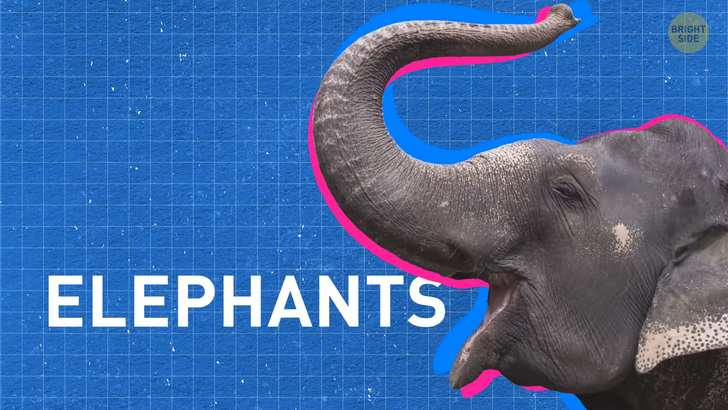
Elephants are probably some of the most amazing animals on Earth, not just because of their looks. They are not only cute, but they’re also super smart and empathetic. These gentle giants are known for their incredible cooperation and coordination skills, which they use to protect their families and scare away their enemies.
In the wild, elephants travel in clans and communicate with each other using low-frequency rumbles. They work together to keep their young ones safe from predators, and they’re not afraid to show their dominance by kidnapping calves from competing clans!
Researchers have found out that elephants are quick learners and can work together to achieve a common goal. They even show empathy toward each other, which is a pretty rare feature in the animal kingdom. For instance, elephants have a special interest in the remains of their own kind. They’ll linger near elephant bones and investigate sticks of ivory much longer than they would pieces of wood. Also, when an elephant is feeling upset, other elephants will come to comfort it by stroking its head with their trunks or even putting their trunk in its mouth. How sweet is that?
In 2010, one elephant in particular really impressed scientists with his skills. He was seen eyeing some tasty fruit just out of his trunk’s reach. After pondering for a few days, he had his “aha moment!” He discovered a large plastic block and used it as a stepping stool to reach the fruit. He continued to use his newfound tool skills to reach even higher places, stacking blocks to get to his favorite treats.





